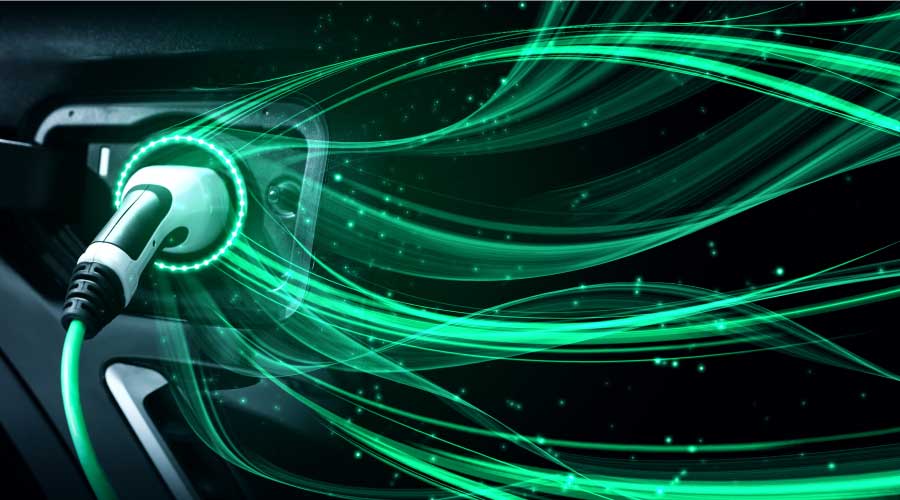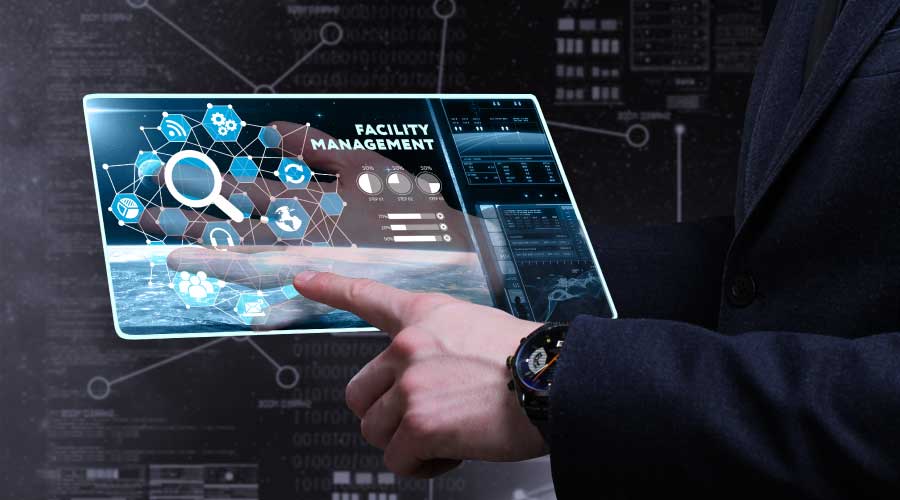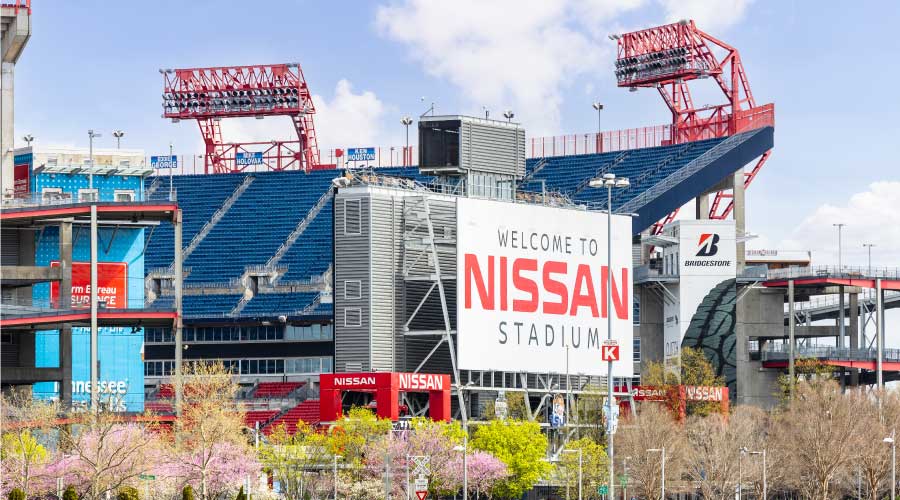
Could Electric Vehicles Help Power Your Building?
Bidirectional charging could have many benefits for buildings. A California bill under consideration would require all EVs sold in the state to include that feature. May 11, 2023
By Greg Zimmerman, senior contributing editor
Could your occupants’ electric vehicles power your building in the event of a blackout? A California bill under consideration would require all EV sold in the state to include “bidirectional charging” as a feature by 2027, according to Grist. This means that the vehicles could essentially act a battery and then backup power, discharging power to the building in the event power is lost.
Not only can bidirectional EVs power buildings during blackouts, but there are also energy efficiency and cost-savings stories as well. Bidirectional EVs could be used to power buildings during peak demand times, lessening a building’s reliance on grid power when it’s most expensive, and when demand most needs to be cut. If part of a demand-response event, using occupants’ bidirectional EVs (there would have to be some sort of contract or agreement, of course) to lower the building’s over energy spend could have huge savings for the building.
Several EVs on the market already include bidirectional charging capabilities, including the Nissan Leaf, Kia EV 6, and the Ford F-150 Lightning. Tesla says its vehicles will have bidirectional charging by 2025.
Proponents of California Senate Bill 233 say requiring bidirectional charging in EVs could improve grid resilience and energy resilience, and even help lessen the risk of forest fires, as bidirectional charging on a large scale would give grid operators more flexibility to shut down power lines when wildfire risk is high.
California has already passed legislation that all vehicles sold in the state be electric by 2035.
Greg Zimmerman is senior contributing editor for FacilitiesNet.com and Building Operating Management magazine.
Next
Read next on FacilitiesNet












